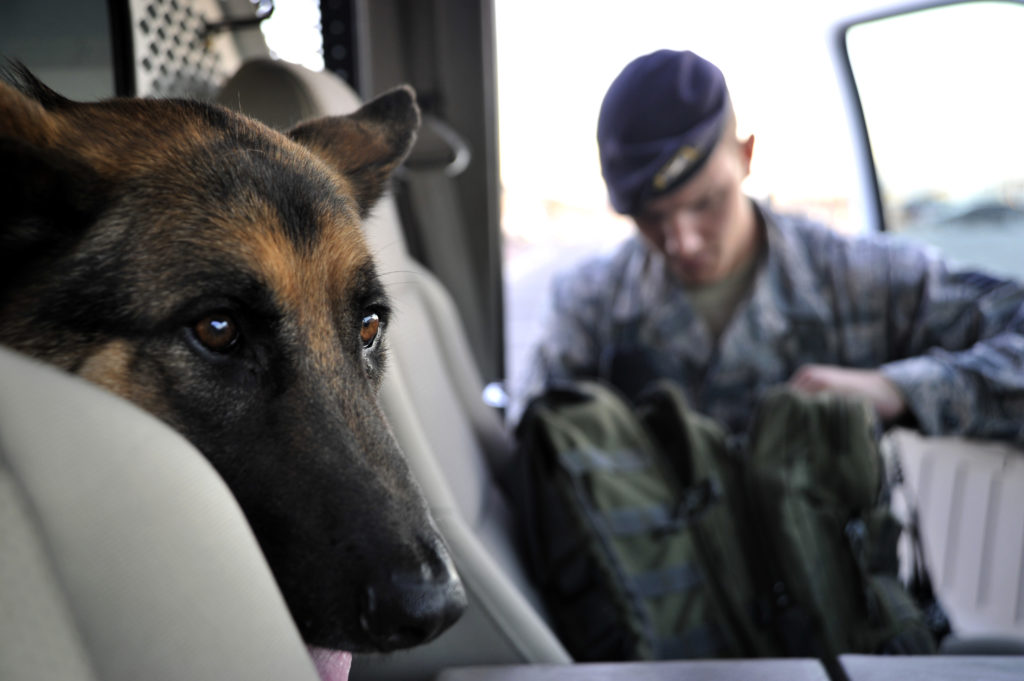Trauma-informed leadership equips us to navigate an increasingly complex landscape in the workplace.
The impacts of past trauma seem to be increasing at an alarming rate. Now over 50% of all adults have experienced at least one traumatic event in their lives. That exposure can often lead to post-traumatic stress disorder (PTSD). Almost 8 out of every 100 people will experience PTSD during their lifetime.
We don’t all need to become clinical psychologists to lead our teams, but it is important to gain an understanding of the impacts of trauma exposure.
A Rescued Pup
Recently we “temporarily” fostered a 1½-year-old mixed breed dog named “Doc”. He was amazing with our 3-year-old son and he instantly connected with my wife. We soon realized our “temporary” foster home needed to become his forever home.
Doc has been settling into his new home quite well. We have a large fenced yard that he loves to play in at full speed with our energetic 3-year-old. When he’s not playing with our son, he taps into his inner guard dog and protects our yard from the most sinister threats, the neighborhood squirrels.
While he plays it tough with the squirrels, his bravery does have limits. When our son’s bubble maker fills the air, he is apprehensive. Falling leaves also test the limits of his bravery. Initially, the automatic sprinkler system was also a perceived threat, but now that we’ve had 90-degree heat, he’s starting to become a fan of a yard filled with streams of water.
One day my wife was watching an infant for a close friend. She was sitting on the couch with the baby and Doc had snuggled in next to them. The baby was getting fussy and my wife asked me if I would bring her a bottle. Seemed like a harmless enough task.
Triggered
I prepped the bottle and then started to hand it to her. When I did, something flipped in Doc and he made it very clear that I shouldn’t come any closer. He bared his teeth, snarled, barked, and the hair on his back stood straight up. This sweet, loving, cuddly dog instantly transformed into a completely different animal.
Doc was a rescue from another state and we received very little information about his past life. We don’t have any specific evidence, but it seems that something traumatic happened in Doc’s brief life. The combination of a large adult male and a crying child sitting on a couch seems to be a trigger. Once triggered, Doc’s behavior drastically changed. It breaks my heart to even imagine the traumatic event Doc experienced that led to his triggered response.
I outweighed Doc by over 200 pounds, but nothing was going to deter him. The firmer I was with my commands, the more aggressive he became. In his triggered mental state, he had a job to complete, no matter what the cost.
To maintain harmony in our home I had to change my tactics with Doc. Escalating to his level of aggression was not effective. I needed to calmly show with my actions that I was not the threat that triggered his response.
Trauma-Informed Leadership Starts With Us
In many ways, the same can be true in the workplace. All of us will eventually encounter stimuli that can trigger responses that may cause a deviation from our standard behavior. Those exposed to significant trauma are often at a greater risk of this triggering effect. Our natural instincts, when exposed to escalating aggression, might be to respond with our own aggression. If we aren’t careful our own fight-or-flight response will likely take over. As simple as it sounds, the first step we can take as trauma-informed leaders is to resist our own triggered response.
In the following articles, we will continue to investigate what is behind triggered responses and learn more techniques for navigating these challenging landscapes.
Next in the series: Fight or Flight Hormone Response
Sign up for our newsletter if you would like to receive the latest in this series!




